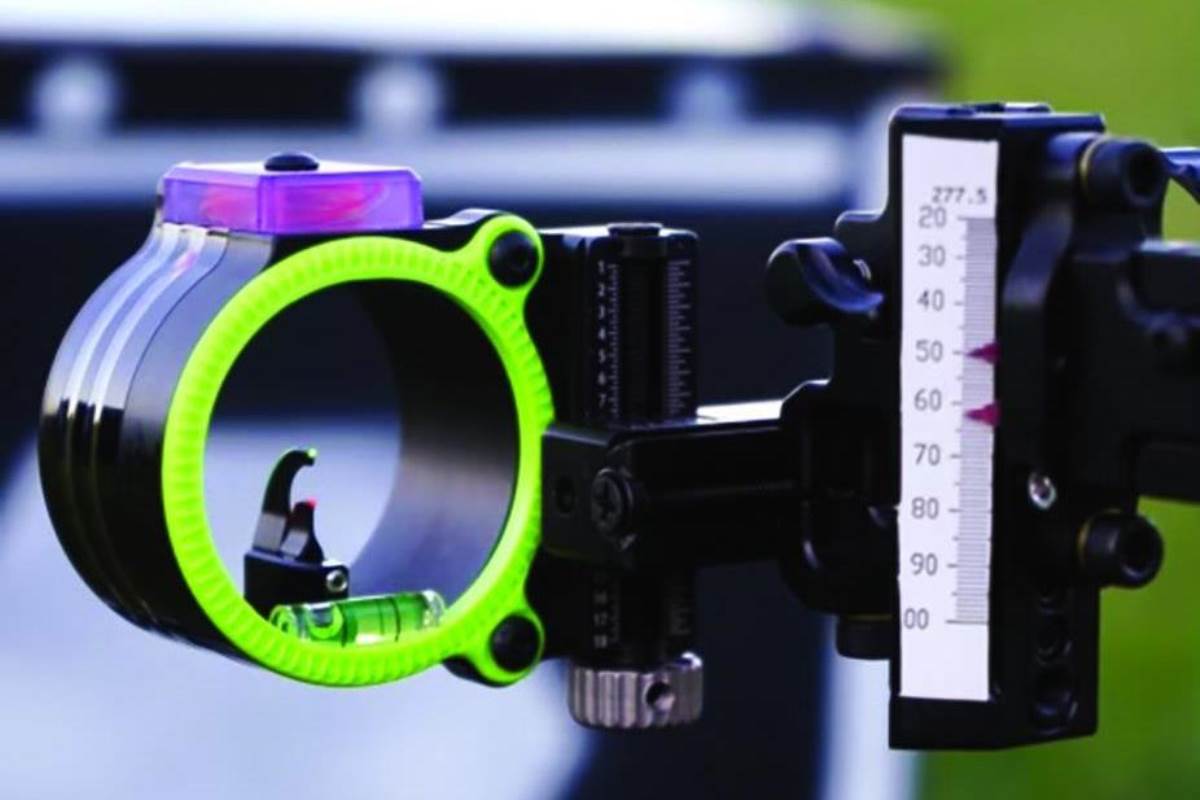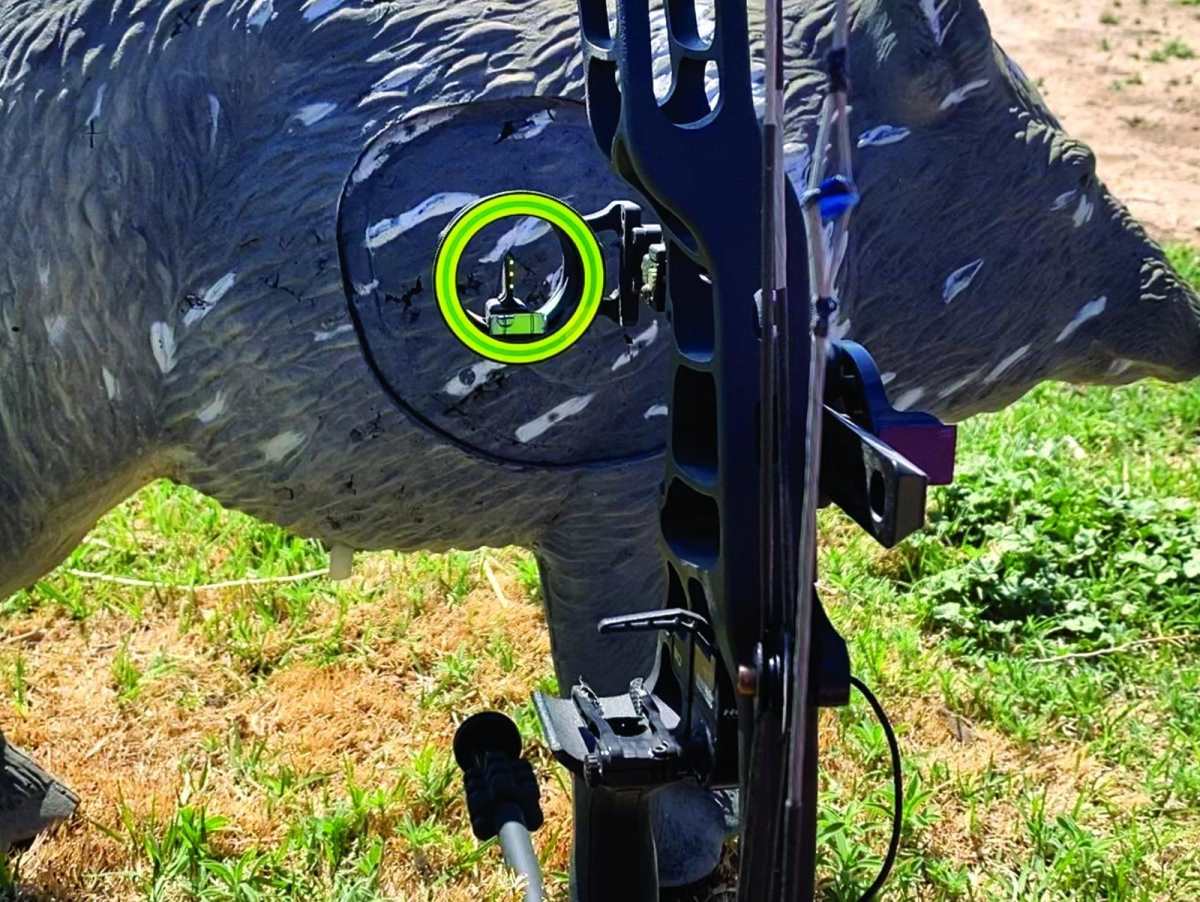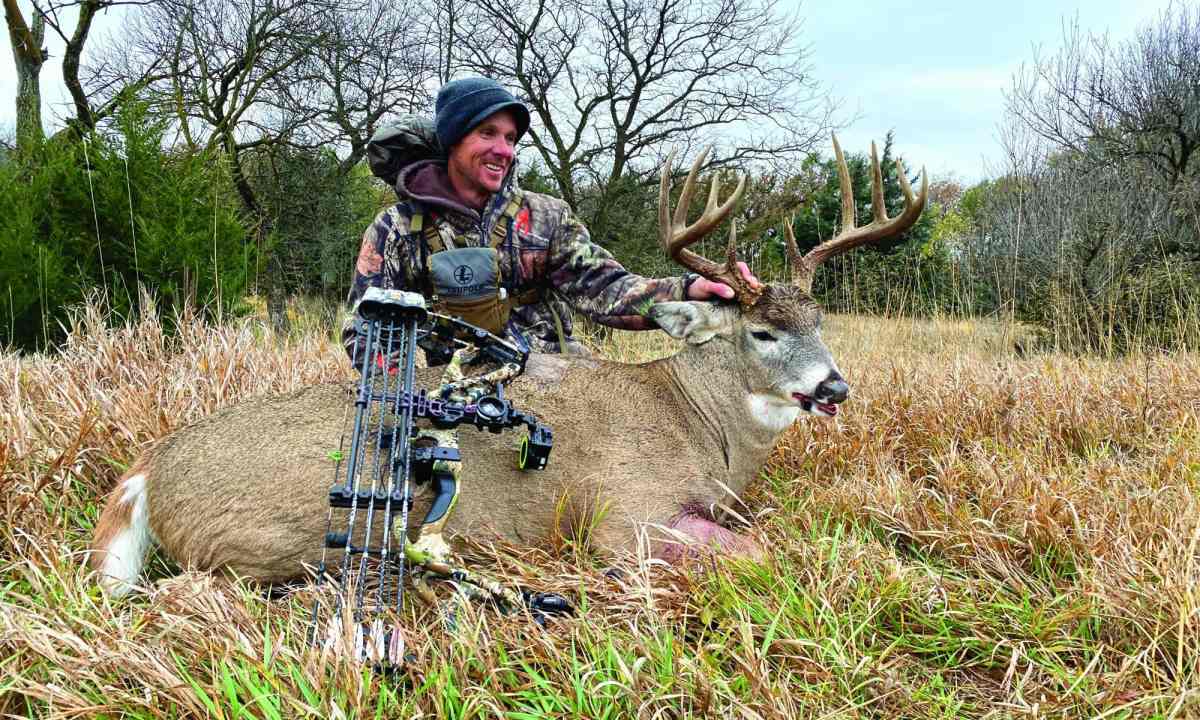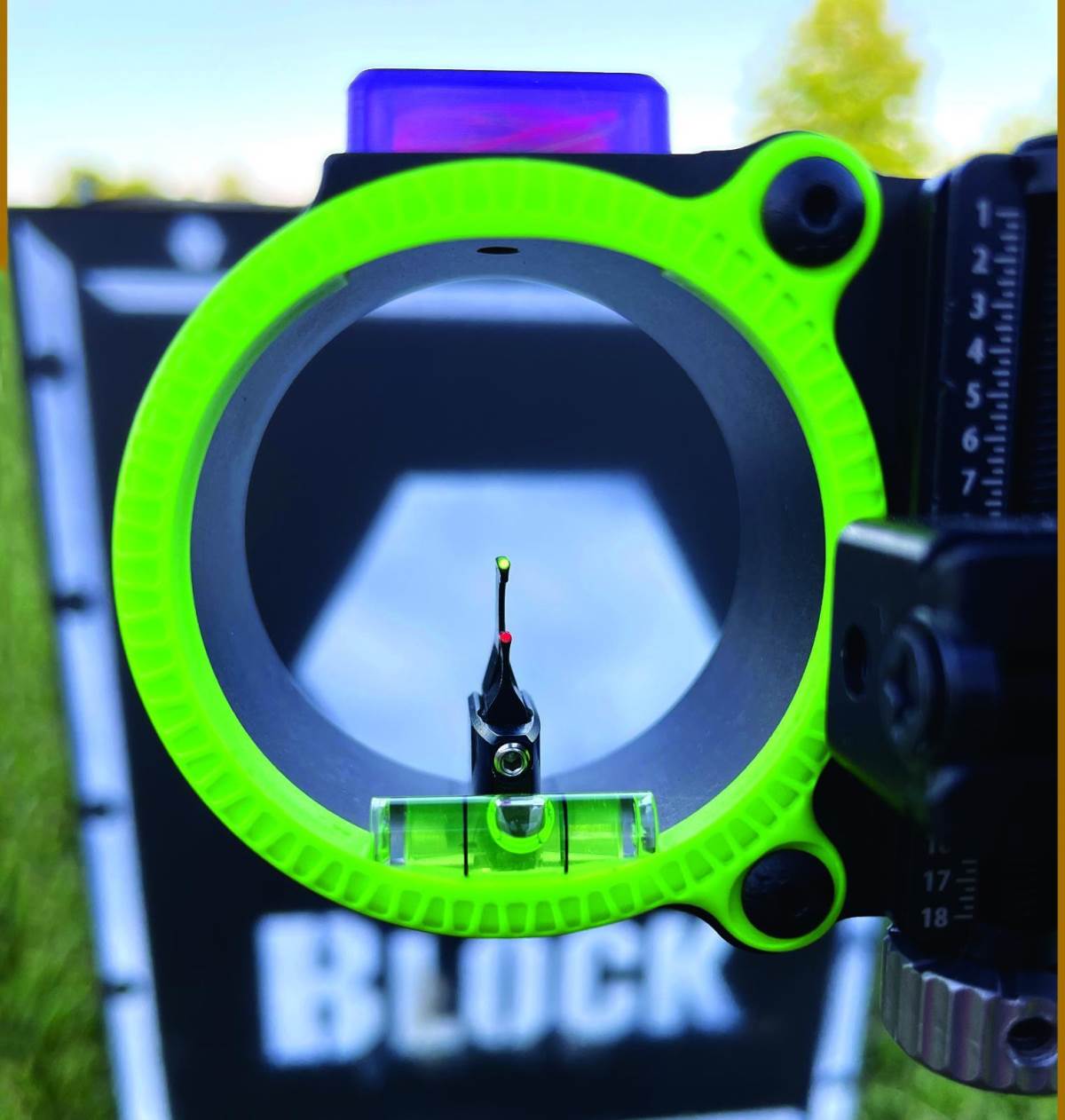
Start talking sights around a group of passionate bowhunters, and opinions start to fly. Start talking about how a fixed multi-pin reigns supreme or sling lingo about how a single-pin slider is the end-all-be-all of sights, and the conversation will go from spirited to heated.
The truth is, every bowhunter has their opinion on fixed vs. slider, single-pin slider vs. multi-pin slider, and on and on we go. For this reason, I don’t believe we will ever definitively solve the great sight debate. Still, I will stick my neck out and take a shot at it.
FIXED MULTI-PIN SIMPLICITY
I cut my bowhunting teeth while shooting a fixed five-pin TRUGLO sight. Most bowhunters over the age of 40 likely did, too. I had no quarrels with the sight — it was all I knew; but living out West, I wanted more. Not only did I want to send carbon through the lungs of animals at 70 yards confidently, but I also wanted dial-to-the-yard accuracy beyond 40. I’m not too fond of pin gapping.
Thanks to a great archery coach, I learned quickly that double distance practice was one of the best ways to become a stone-cold critter slayer. I wanted to shoot out to 80 yards but didn’t want to hold my 60-yard pin on the target, glance up to where my 40-yard pin floated above the target, and then quickly try to replace that 40-yard pin with my 60-yard pin. Yikes! That’s too much room for error.

Still, there were some things I loved and still love about a fixed-pin sight — simplicity, mostly. A well-built fixed pin has no gears, rack-and-pinion system, knobs, etc. Fewer working parts means a more straightforward setup and use. If you’re a bowhunter who never plans to hunt any other critter besides white-tailed deer and turkey, you don’t need anything more than a standard 3- or 5-fixed-pin sight. Most whitetail shots are under 40 yards, and I would never send carbon beyond 60 at these cagey critters.
BUT WHAT IF?
What if you’re a hardcore whitetail fanatic who heads west each year searching for pronghorn, elk or mule deer? Or, what if you aren’t yet, but the possibility of a western hunt intrigues you? Or, what if you have no desire to hunt anything but whitetails and turkeys, but you want to become the most proficient bow shot you can be? All are valid questions to ponder.
I don’t believe there is a more accurate sight than a single-pin slider. There, it’s out in the open. The reason is the clutter-free housing — it has just one vertical aiming point coming up from the bottom center of the housing. With only a single aiming point, bowhunters tend to focus more on the act of aiming, and panic is reduced because there’s zero chance of using the wrong pin. A single-pin sight with a proper sight tape attached offers dial-to-the-yard accuracy for 20 yards to, in most cases, beyond 100 yards.

The standard argument against single-pin movers is the sight features a single pin, and you must move that pin if the animal is not at the exact distance the sight is dialed to. For example, let’s say you’re sitting in your whitetail stand with your pin set at 20 yards, and suddenly you detect a rutting buck on the heels of a ready-to-breed doe at 33 yards. You will need to stop the buck, dial the sight to 33 yards, draw and execute. This requires time and extra movement, and I’ve heard horror stories from fixed multi-pin users that the above was their first experience after making the single-pin switch. I had it happen once, but I’ve taken precautions to ensure it won’t happen again.
One of my go-to sights is Spot-Hogg’s Hogg-Father Single-Pin. I knew the risk of single-pin use when I started with the sight, and through lots of practice, I put a dab of bright nail polish on the vertical sight post below the standard aiming point. This mark was my 30-yard reference, and I did the same at 40 yards. As much as I hate pin gapping, I was prepared to do so if need be. Looking back at my hunt journal, which documents shots on all big-game animals, 36 different shots on animals required me to use my 40-yard nail polish mark only once, and it was on a bull elk and not a whitetail. I was able to dial to the exact yard for every other shot — just food for thought if you’re considering a moveable single-pin sight.
THE ULTIMATE
I don’t mind a fixed 3- or 4-pin moveable sight and have used them with great success. For many, these sights are the answer. They give the bowhunter fixed pins set at specific distances and dial-to-the-yard ability.

What I don’t like about this style of sight is the clutter. I’m not a fan of multiple sight bars fitted with glowing fiber optics running horizontally through the housing. If this doesn’t bother you and you can execute, great. You’ve solved the sight debate for you, and there is no need to change. If you’re like me, though, you want the open-housing look of a single pin. However, you may not want to mess with a toothpick and nail polish. The good news: You no longer have to.
I tip my hat to Black Gold’s Dual Trac. The “Dual” says it all. The sight gives you a pair of individually adjustable Pro Pins, which reduces time and movement by providing a needle for short and longer-range shots. You can’t beat Black Gold pin brightness, and both pins promise exceptional brightness in any lighting condition, thanks to the tried-and-true PhotoChromatic shell. Another option also has my approval, and I made the switch instantly when Spot Hogg launched its Triple Stack. Compatible with the Fast Eddie, Fast Eddie XL, Tommy Hogg and Hogg Father sights, this setup features a trio of individually micro-adjustable vertical pins and three adjustable yardage indicators. Brilliant. With this sight, I still get a clutter-free housing but have three pins set on a vertical plane.

My current setup has the pins dialed at 20, 30 and 40 yards, which will work for 80 percent of my bowhunting shots. Past 40 yards, I want dial-to-the-yard accuracy.
IN CONCLUSION
I think these new hybrid-style movers featuring vertical pins that don’t obstruct the housing are the bee’s knees of modern-day bow sights. Have they solved the great sight debate? They sure have for me, and if they have for you, that’s all that matters. Confidence in bowhunting is everything, and these sights give me the confidence to hunt any game on any terrain.








